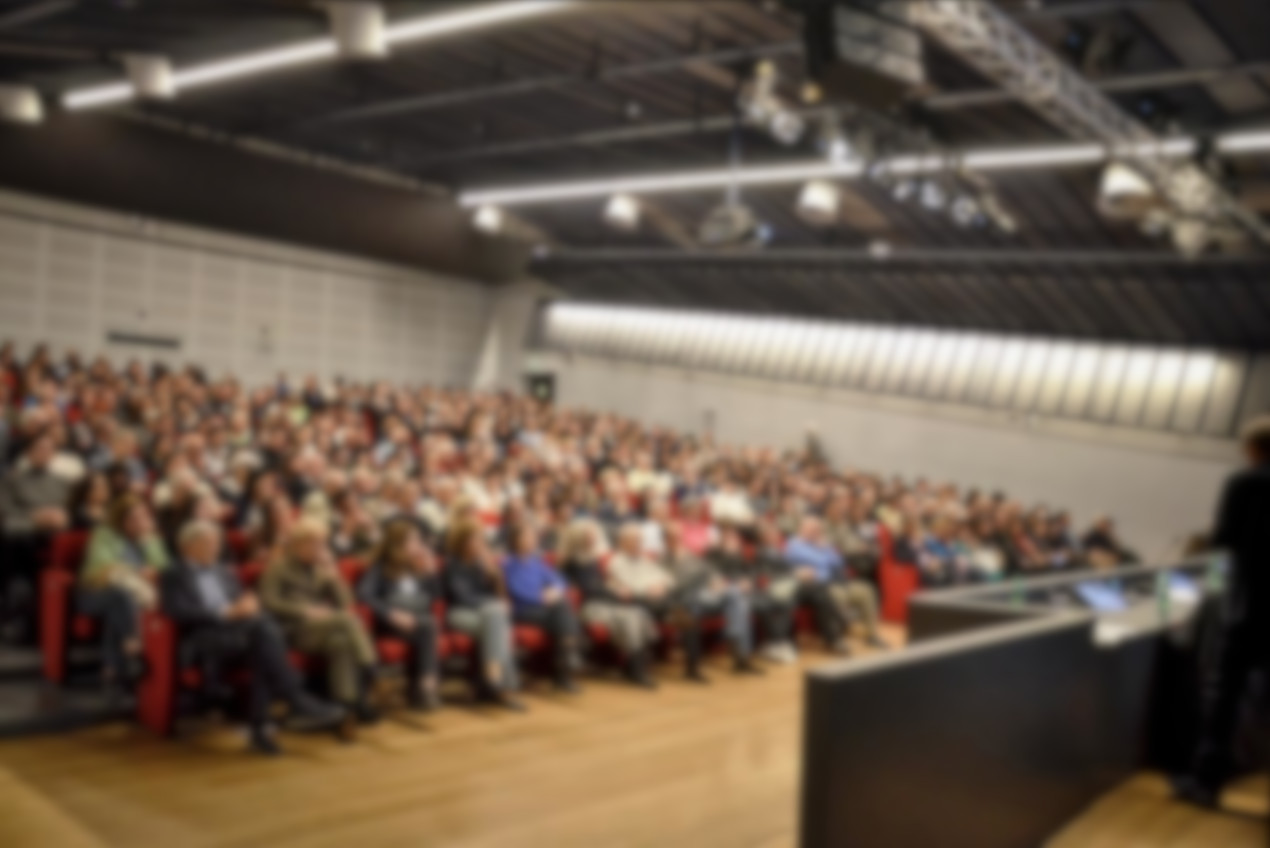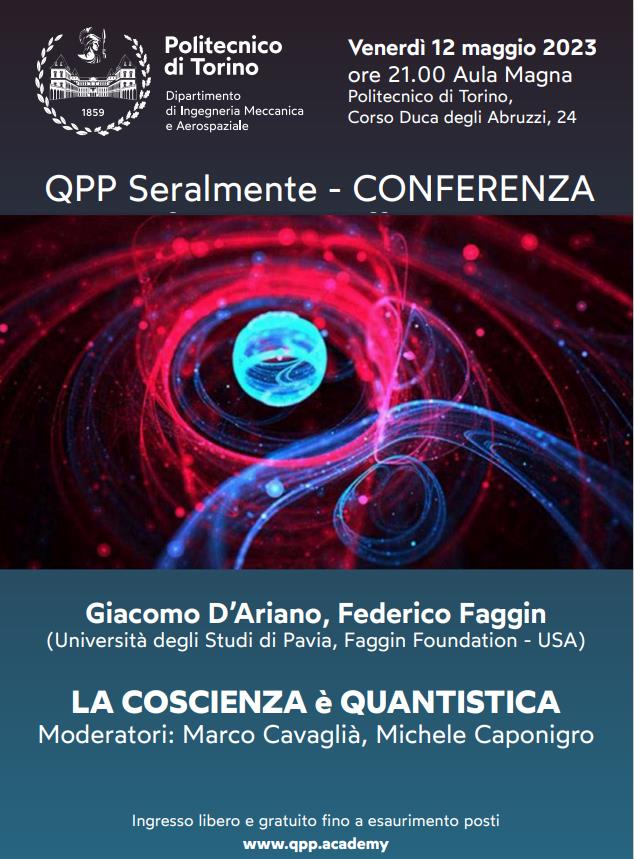
![]() Luogo della Conferenza: Aula Magna "Giovanni Agnelli" Politecnico di Torino corso Duca degli Abruzzi, 24 Torino
Luogo della Conferenza: Aula Magna "Giovanni Agnelli" Politecnico di Torino corso Duca degli Abruzzi, 24 Torino
![]() A cura di QPP Seralmente in collaborazione con M3B Lab del Dipartimento di Ingegneria Meccanica e Aerospaziale (Politecnico di Torino)
A cura di QPP Seralmente in collaborazione con M3B Lab del Dipartimento di Ingegneria Meccanica e Aerospaziale (Politecnico di Torino)
![]() Ingresso libero, gratuito e aperto a tutti, fino ad esaurimento posti
Ingresso libero, gratuito e aperto a tutti, fino ad esaurimento posti
![]() Attestato di partecipazione: si rilascia su richiesta
Attestato di partecipazione: si rilascia su richiesta
![]() Consigliata la Prenotazione
Consigliata la Prenotazione
Giacomo D’Ariano
Università degli Studi di Pavia
Giacomo Mauro D’Ariano is full professor at the University of Pavia, where he teaches Foundations of Quantum Theory and Quantum Information. In Pavia he created the research group QUIT (Quantum Information Theory), a worldwide leading group in the field. He started Quantum Information in Italy, where he created a school that spread young disciples and scholars around the world. Fellow of theOptical Society of America, he is member of the Center for Photonic Communication and Computing at Northwestern University in Illinois, with which is regularly collaborating since 1994. Giacomo Mauro D’Ariano has been national coordinator of 5 Italian projects PRIN, and local PI of numerous other Italian and European projects. He has been organizer of large conferences in relevant international institutions (including MIT, Northwestern University, Scuola Normale Superiore di Pisa), member of dozens of international steering and advisory scientific committees, he is currently President of the Steering Committee of QCMC Conferences, one of the most prominent series of conferences in Quantum Information that has been run in all continents since 1990. With almost 300 published papers on peer-reviewed journals (105 on APS Journals, 30 PRL) and books (Google Scholar h=40, 5800 citations) and more than 170 invited talks, in his scientific journey D’Ariano has coordinated his team of students as a single brain, extracting new teaching from research, and producing new research from the teaching, in a relentless progress of the conceptual apparatus of Quantum Mechanics. He is popular for his work on quantum tomography—a field that he initiated and developed his first exact technique, now very popular, of quantum homodyne tomography. He generalized the technique–originally devised for optics–to a truly universal measurement method, conceiving and developing the first experimental schemes based on entanglement for the quantum characterization of transformations and apparatuses. He is well recognized for his numerous contributions to the theory of quantum measurements, where he introduced novel methods and solved long-standing problems (e.g. the optimal phase-estimation and broadcasting of mixed states), proposed new optical devices and experimental schemes for high sensitivity measurements, along with new measurements for experimental tests of quantum mechanics, novel theoretical approaches to quantum cloning and processing of quantum information. With his disciples P. Perinotti and G. Chiribella he introduced the powerful notions of “quantum comb”, which generalizes the notions of channel and POVM, with a range of applications, from measurement optimization, to quantum protocols, to computing, and even to foundations of Quantum Mechanics. In the last decade D’Ariano got much interest in the community for his new operational axiomatic framework for Quantum Theory, which has been subject of dozens of invited talks, and recently lead to the first information-theoretic axiomatization of Quantum Theory coauthored with G. Chiribella and P. Perinotti, Very recently he opened a very promising Quantum Cellular Automata framework for Quantum Field Theory, which got numerous invited talks and colloquia, including prominent Research Labs in particle physics (Fermilab and Frascati). In his early research years D’Ariano has worked in Statistical Mechanics and phase transitions, along with exact solutions of many body quantum problems, issues that now reconnect with the Quantum Automata of the most recent work. Finally, D’Ariano has collaborated and co- published with more than sixty different scientists in dozens of different institutions worldwide. His group QUIT receives many tens of visitors each year.
For more details see http://www.qubit.it Prof. Giacomo D’Ariano (Università di Pavia).
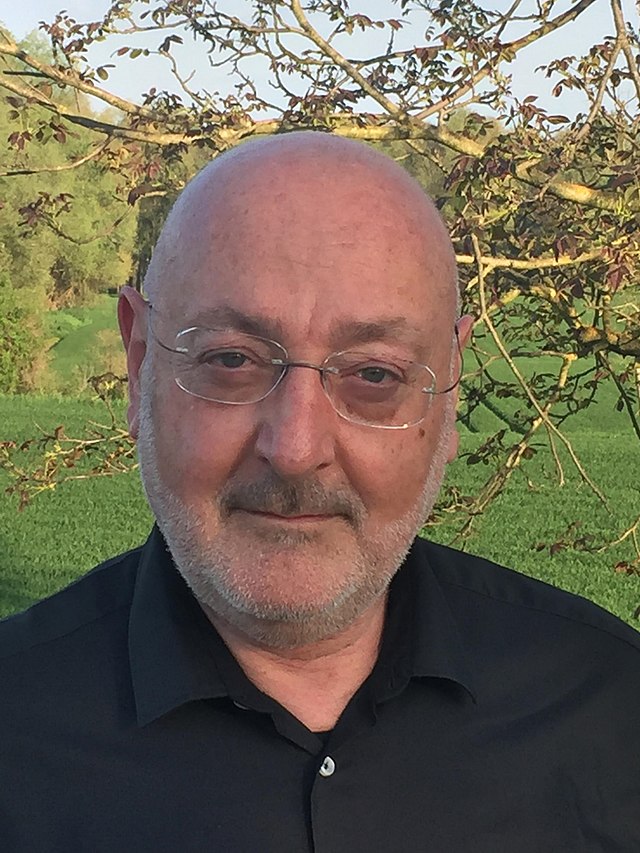
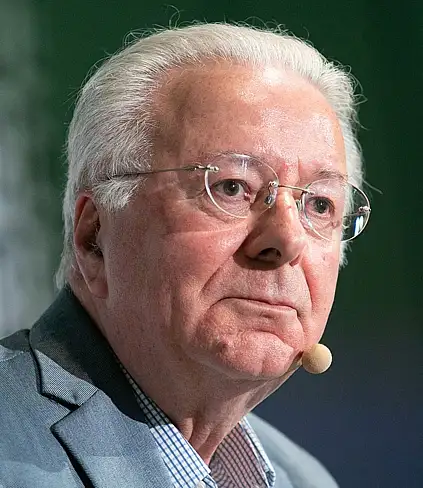
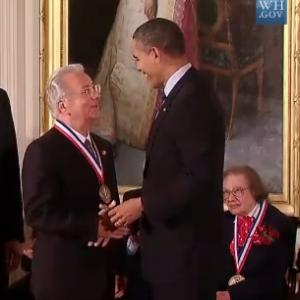
Federico Faggin
Physicist, co-founder and Ceo of Zilog, Cygnet Technologies and Synaptics.
Fedrico Faggin è nato a Vicenza, si è laureato in Fisica con Lode presso l’università di Padova nel 1965. Faggin si è trasferito negli Stati Uniti nel 1968 per collaborare con Fairchild Semiconductor, presso la quale ha guidato lo sviluppo della tecnologia MOS Silicon gate, una tecnologia leader che è stata adottata in tutto il mondo e ha costituito la base per tutte le modern tecnologie di circuiti integrati.
Per conto di Intel, tra il 1970 e il 1974, Faggin ha progettato molti prodotti incluso il primo microprocessore al mondo, il modello Intel 4004, e, in seguito, I microprocessori 8008, 8080 e 4040.
Nel 1974 Faggin ha iniziato la sua carriera da imprenditore ed è stato co-fondatore di diverse aziende start-up. Tra queste è opportune ricordare: Zilog, Inc. per la quale Faggin ha sviluppato il microprocessore Z80 e della quale è stato Presidente e Amministratore delegato fino al 1980; Synaptics, Inc. che ha introdotto sul mercato la tecnologie touch pad e touch screen oggi universalmente utilizzate nei dispositive mobili. Faggin è stato Presidente e Amministratore Delegato di Synaptics dal 1987 al 1999 e Presidente del Consiglio di Amministrazione dal 1999 al 2008.
Faggin è attualmente Presidente della “Federico ed Elvia Faggin Foundation”, una organizzazione senza fini di lucro dedicate allo studio scientifico della Coscienza. Faggin ha ricevuto molti premi internazionali, tra cui il 1997 Kyoto Prize e, nel 2009, la “National Medal of technology and Innovation” consegnatagli dal Presidente Barack Obama.
Dr. Marco Cavaglià, rinomato anestesista con un dottorato in neuroscienze, attualmente occupa la posizione di ricercatore presso il Politecnico di Torino. Nel campo della medicina ha contribuito significativamente con studi pionieristici sulle complesse interazioni tra cuore e cervello, in ambito cardiochirurgico. Il suo percorso professionale è stato segnato da contributi notevoli, specialmente durante la pandemia di COVID-19, quando ha ideato un dispositivo innovativo per la CPAP, che è stato successivamente brevettato.
Proseguendo la sua ricerca sull’innovazione, il Dr. Cavaglià ha recentemente pubblicato un articolo teorico che indaga il ruolo dei lipidi nel funzionamento molecolare del cervello, consolidando la sua posizione di leader nel campo delle neuroscienze e dell’anestesia. La sua abilità nel coniugare conoscenze mediche avanzate con un’acuta comprensione delle nuove tecnologie lo rende un punto di riferimento nel dialogo interdisciplinare tra la medicina, la ricerca e la tecnologia avanzata.
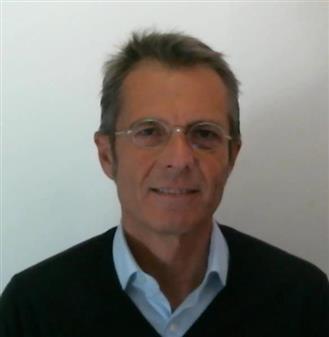
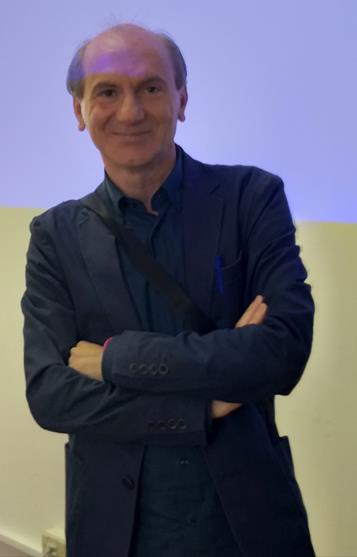
Dr. Michele Caponigro
Dopo la Laurea in Fisica,
ha ottenuto un dottorato in Fisica,
un secondo in Epistemologia della Complessità
ed un terzo in Filosofia della Scienza.
La sua area di ricerca sono i Fondamenti della Meccanica Quantistica, le Interpretazioni della Meccanica Quantistica e la Filosofia della Fisica.
Fa parte del centro di ricerca dell’Università di Bergamo ISHTAR (Indeterminism in Sciences and Historico-philosophical, Transdisciplinary Advanced Research Center).
Dal 2012 si interessa di Divulgazione della Scienza al grande pubblico attraverso l’organizzazione di numerose conferenze interdisciplinari sulla ricerca d’avanguardia.


